VMware, a cornerstone of virtualization technology, underpins countless businesses. But with great power comes great responsibility, and securing your VMware environment is paramount. Lately, attackers have been honing their tactics to exploit vulnerabilities in VMware products. Fear not, for this blog post equips you with the knowledge to combat these threats and safeguard your virtual machines!
Recent VMware Vulnerabilities Making Headlines: Common VMware Vulnerabilities
VMware RCE Vulnerability (CVE-2023-22032): This critical vulnerability in vCenter Server impacted several versions and allowed attackers to remotely execute code with elevated privileges. Successfully exploiting this could’ve granted attackers complete control over the vCenter Server and potentially the entire VMware environment. Thankfully, VMware released a patch promptly. (https://www.vmware.com/security/advisories.html)
Supply Chain Attack Targets VMware (SolarWinds Service Desk Attack): In a broader supply chain attack, attackers compromised SolarWinds Service Desk software. This impacted some VMware products that integrated with the compromised software. While not a direct VMware vulnerability, it highlights the interconnectedness of the tech ecosystem and the importance of securing all parts of your infrastructure.(https://www.darkreading.com/threat-intelligence/more-solarwinds-attack-details-emerge)
VMware Workstation/Fusion Flaw (CVE-2022-37132): This vulnerability allowed attackers to potentially escape a virtual machine and compromise the underlying host system. This specific vulnerability impacted older versions of Workstation and Fusion, underlining the importance of keeping software updated. (https://www.vmware.com/security/advisories.html)
These are just a few examples, and new vulnerabilities are discovered regularly. Staying informed and applying security patches promptly is crucial in protecting your VMware environment.
Here are some key steps to take to proactively secure your VMware environment:
Patching is Paramount: VMware releases security patches to fix vulnerabilities. Treat these updates like knightly reinforcements – prioritize installing them promptly! Sign up for automatic updates whenever possible to streamline the process. Check the VMware security advisories regularly to stay informed of the latest threats https://www.vmware.com/security/advisories.html.
Least Privilege Principle: Don’t give everyone the crown jewels! Implement the principle of least privilege, granting users only the access level they require to perform their tasks. This minimizes the damage if an account is compromised. The VMware vCenter Server Permissions and Active Directory/LDAP can help as the most basic hygiene factors. Additionally, MFA (Multi Factor Authentication), IAM (Identity and Access Management), NAC (Network Access Control) or a NAC driven ZTNA (Zero Trust Network Access) would add the layers required to beef up security complying to the principle of Security in Depth (SID).
Segment Your Network: Think of your network as a walled city. Segmenting it into zones with varying security levels makes it harder for attackers to roam freely. For instance, isolate critical systems from public-facing ones.
Vulnerability Scanning: Regularly scan your VMware environment for vulnerabilities using security scanners. These act like scouts, uncovering weaknesses before attackers can exploit them.
Educate Your Users: Empower your users to be your first line of defence. Train them to identify phishing attempts and other social engineering tactics attackers use to gain access.
Monitor and Analyze: Keep a watchful eye on your systems. Implement Security Information and Event Management (SIEM) solutions to monitor logs for suspicious activity. This allows you to detect and respond to breaches swiftly.
Advanced Techniques for securing your VMware environment
Next-Gen SIEM: Your VMware Guardian Angel
Traditional SIEMs are workhorses, ingesting data from various sources and generating alerts. However, they can struggle with the sheer volume and complexity of modern security data. Its like searching for a needle in a haystack!
Next-Gen SIEMs leverage advanced analytics, Artificial Intelligence, Machine Learning, and automation to:
Correlate Events: They don’t just see individual logs; they connect the dots. A failed login attempt from an unusual IP followed by attempts to access critical VMs? Next-Gen SIEM recognizes this suspicious pattern and triggers a high-priority alert.
Prioritize Threats: Not all security events are created equal. Next-Gen SIEM can prioritize alerts based on severity, context, and potential impact, ensuring you focus on the most critical issues first.
Automate Workflows: Think of tedious tasks like investigating low-priority alerts being handled automatically. This frees up your security team to focus on high-level threats that matter and incident response.
Here’s how a Next-Gen SIEM can specifically safeguard your VMs:
Advanced Threat Detection: Legacy SIEMs often struggle to identify subtle attack patterns hidden within massive amounts of data. Next-Gen SIEMs leverage advanced analytics, including machine learning and behavioural analysis, to detect suspicious activity specific to VMware environments. This includes:
- Unusual ESXi login attempts, particularly from geographically distant locations.
- Unauthorized configuration changes within vCenter Server.
- Suspicious activity within virtual machines, such as the use of encryption tools or attempts to access unauthorized resources.
Contextual Threat Prioritization: Not all security events are created equal. A failed login attempt from an unknown IP might be concerning, but a series of failed login attempts followed by attempts to access critical VMs paints a much clearer picture of a potential attack. Next-Gen SIEMs go beyond simply generating alerts by analyzing the context surrounding security events. This allows you to prioritize the most critical threats and ensure your security team focuses on the incidents with the biggest potential impact.
Automated Workflows: Security teams are often overloaded with manual tasks like investigating low-priority alerts or generating security reports. Next-Gen SIEM can automate these workflows, freeing up your security team to focus on high-level threat hunting, incident response, and strategic security initiatives.
Integration with VMware Ecosystem: Effective security requires a holistic approach. Many Next-Gen SIEM solutions offer seamless integration with VMware vCenter Server and other VMware products. This allows for efficient log collection from your VMware environment and ensures the SIEM has a comprehensive view of security-related events.
Benefits of Using Next-Gen SIEM for VMware Security:
Improved Detection of Ransomware Attacks: Ransomware is a major threat to virtualized environments. Next-Gen SIEMs can be configured to detect early signs of ransomware attacks targeting VMware environments, such as a surge of failed login attempts or unusual file deletion activity within VMs. This allows you to take swift action and potentially prevent a ransomware attack from causing significant disruption.
Faster and More Efficient Incident Response: When a security incident occurs in your VMware environment, time is of the essence. Next-Gen SIEM can rapidly collect and analyze relevant data from vCenter Server, ESXi hosts, and virtual machines. This comprehensive view allows for faster and more efficient incident response, minimizing the potential damage caused by an attack.
Reduced Security Team Burden: Automating routine tasks frees up your security team’s valuable time. They can focus on strategic security initiatives, such as threat hunting and improving security policies, while the Next-Gen SIEM handles the heavy lifting of log analysis and low-level alert investigation. By implementing a Next-Gen SIEM and following the best practices outlined earlier, you can create a robust defense system for your VMware environment. Remember, the journey to security is a continuous one. Stay informed about the latest threats and keep your SIEM solution updated to maintain optimal protection.
By implementing a Next-Gen SIEM and following the best practices outlined earlier, you can create a robust defense system for your VMware environment. Remember, the journey to security is a continuous one. Stay informed about the latest threats and keep your SIEM solution updated to maintain optimal protection.

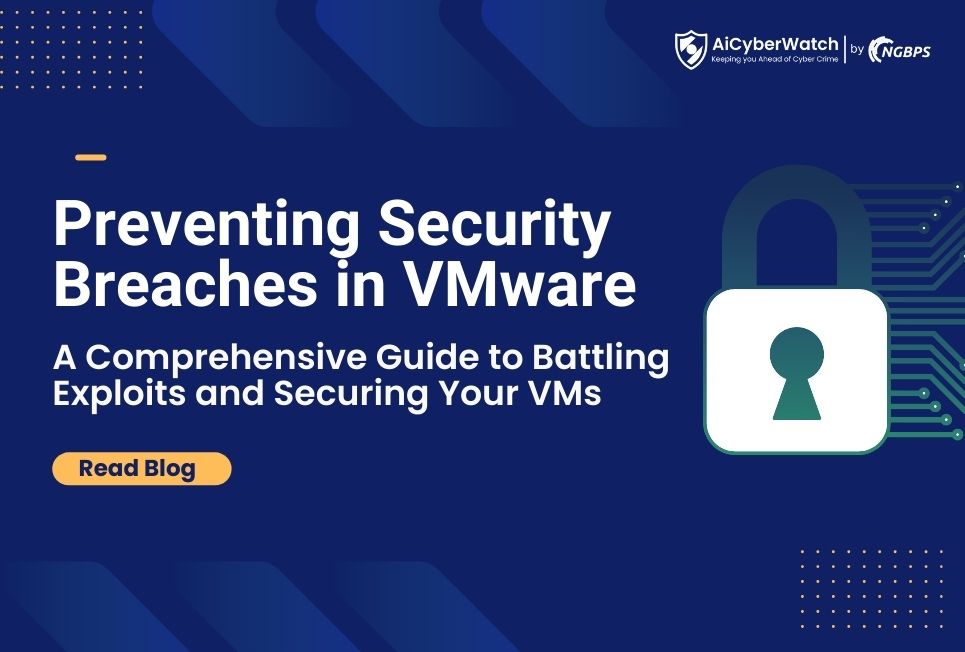
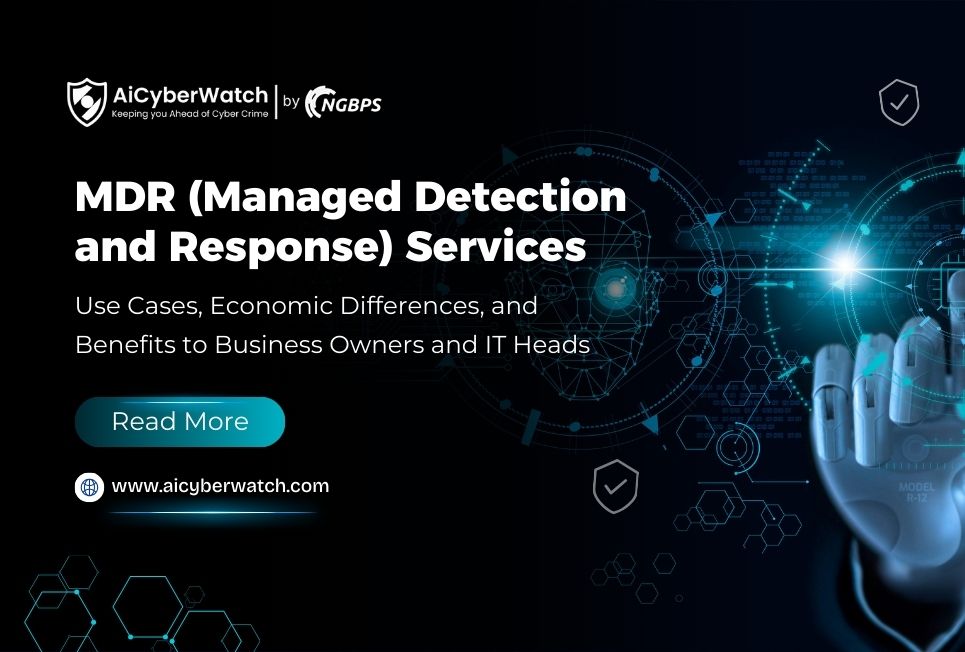
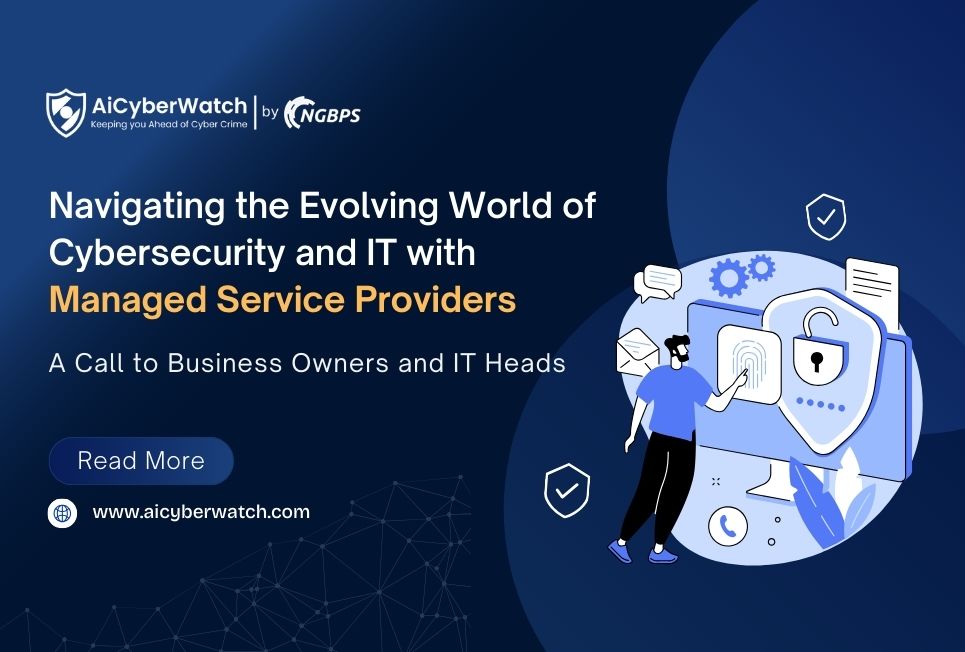
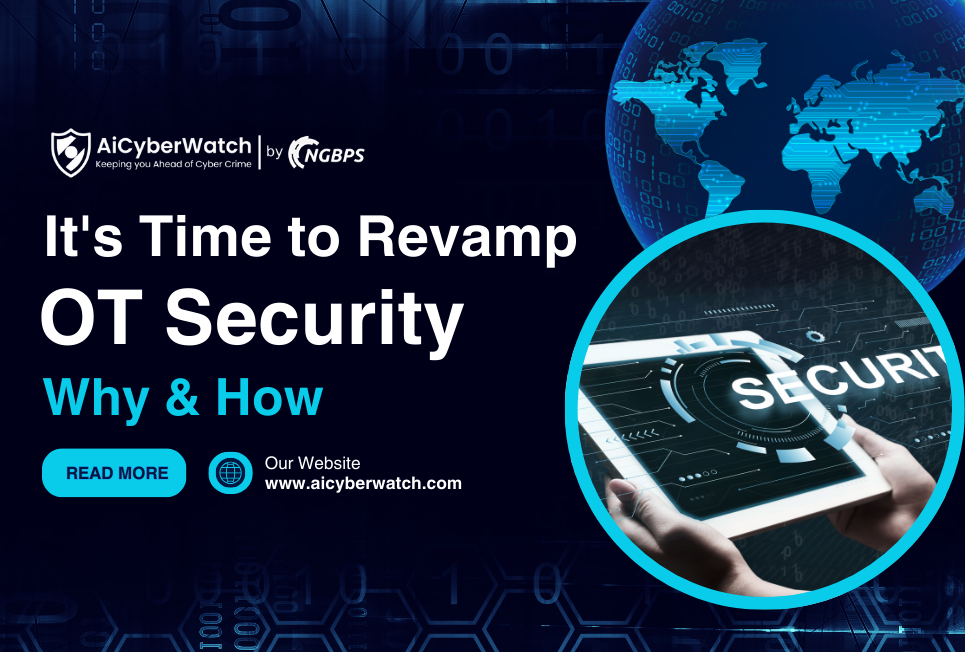
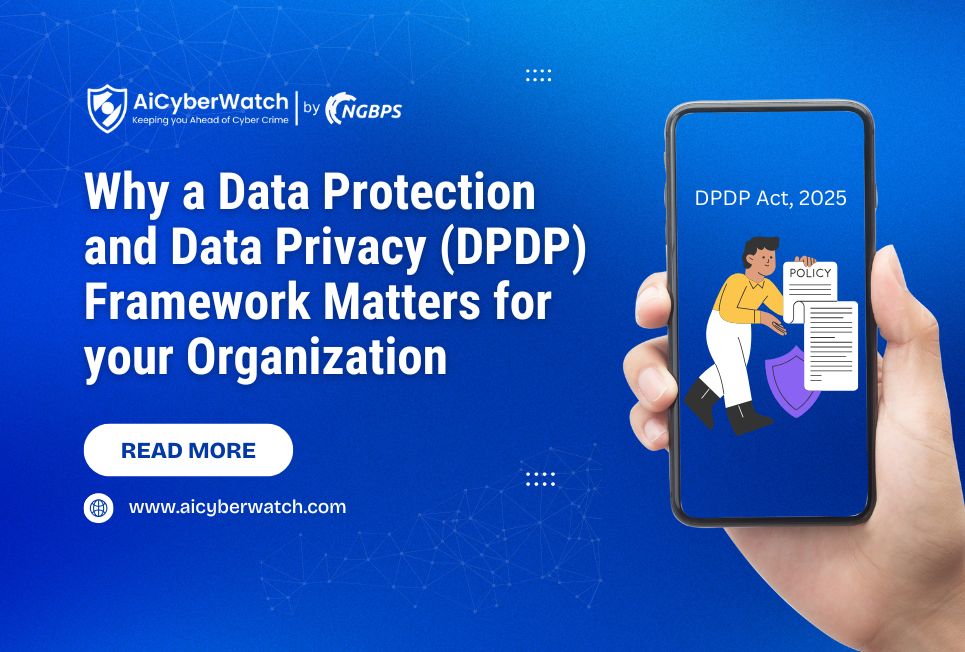

 Call Us
Call Us